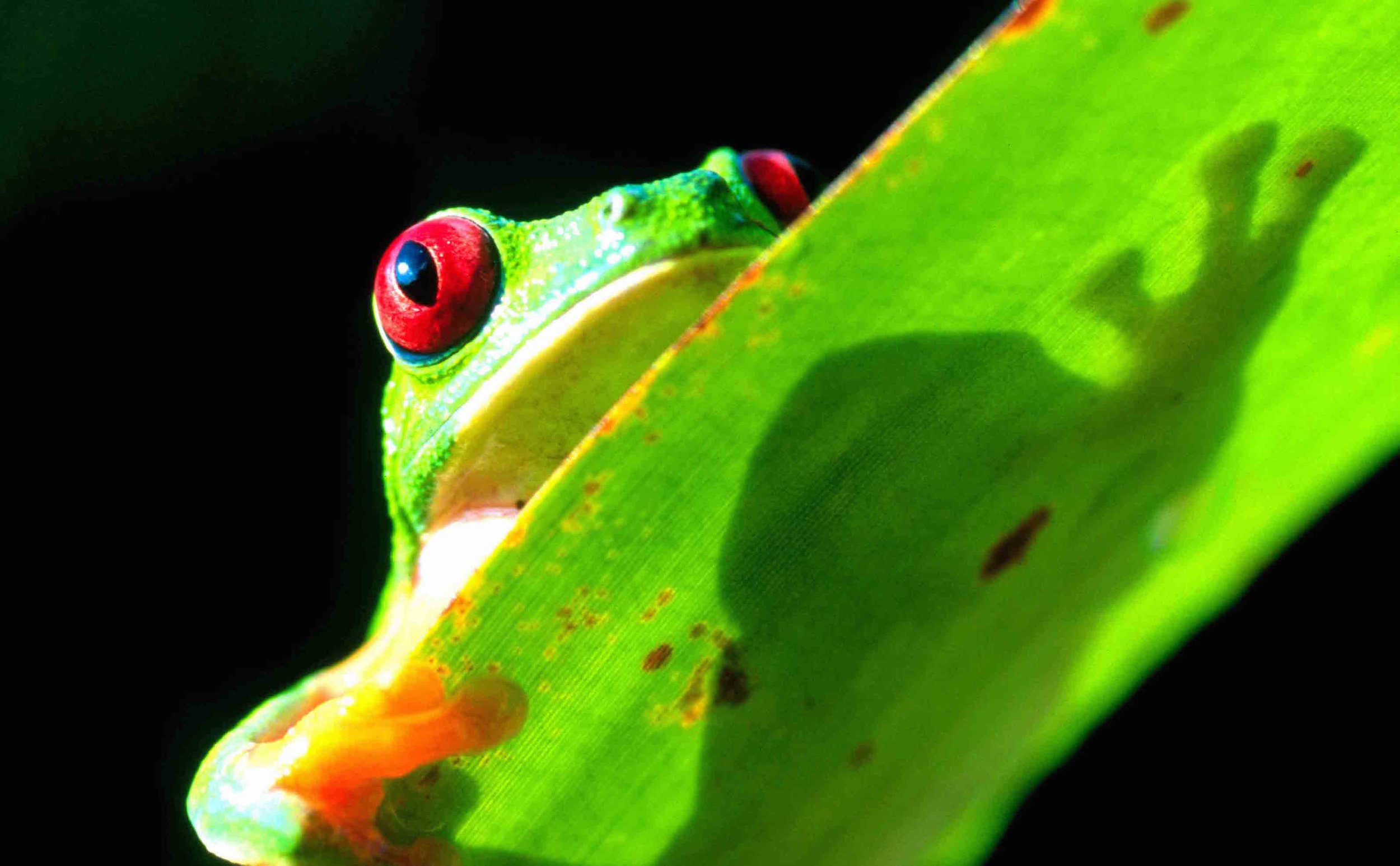Carbon Collapse in Fragmented Forests
As we all know, habitat fragmentation is an enormous peril to Earth's biodiversity. And it increasingly appears to be a danger to our climate as well.
As humans fragment forests they create large amounts of abrupt, artificial forest edge. In the tropics, for example, there is now an incredible 50 million kilometers of forest edge -- enough to stretch one-third of the way between the Earth and the Sun.
According to two recent studies, such fragmentation causes tropical forests to lose a large amount of their carbon. That lost carbon goes into the atmosphere, increasing the risks of harmful climate change.
Carbon collapse near forest edges
The first study, based on analyses of satellite imagery by Rebecca Chaplin-Kramer and colleagues, suggests that fragmented tropical forests are losing a remarkable 25 percent of their biomass (and hence their carbon) within the first 500 meters of their forest edges.
Oil palm plantations fragment a forest in Borneo
Why is this carbon collapse happening? Lots of trees are dying near forest edges, especially the towering canopy trees -- which contain much of the carbon stored in forests.
The intense vulnerability of large tropical trees was first revealed by a team led by ALERT's Bill and Susan Laurance and Thomas Lovejoy. This research suggested that microclimatic stresses and heavy wind turbulence near forest edges were the major tree killers.
Dead trees litter the margins of rainforest fragments
Further disturbances are caused by edge-related forest fires. In the Amazon, for instance, most cattle ranchers burn their pastures each year to control weeds and produce a flush of green grass for their cattle. These pasture fires can penetrate hundreds or even thousands of meters into the interiors of nearby forest fragments, killing many trees and other plants.
Ecological Ripple-Effects
The second study, by Carolina Bello and colleagues, is just as ecologically intriguing. It's well known that big animals such as primates, large fruit-eating birds, elephants, and other seed-dispersing animals disappear in forests that have been fragmented or heavily hunted.
These animals often find the limited universe of a forest fragment too small for survival, or vanish when killed off by poachers armed with rifles and snares.
Spider monkeys are essential seed dispersers
Many of these vulnerable animals are vital dispersers for large-seeded trees. Without the animals, the big seeds just accumulate at the base of their parent trees, where they are killed by natural enemies such as seed beetles or fungi.
And large-seeded trees have big seeds for a good reason: when the seeds germinate, their seedlings need enough nutrients to survive for a long time -- sometimes waiting many years for a treefall gap to occur, at which point the seedling has enough light to start growing into a tall tree.
Big Trees Contain Lots of Carbon
In terms of their carbon storage, big-seeded trees have two key features. First, because they grow slowly they tend to have dense wood -- which stores a lot of carbon.
Second, these big-seeded species often grow into massive canopy or emergent trees.
So, what happens if you kill off the animals that disperse the forest's big seeds? You get a forest that progressively loses the towering, densely-wooded trees that make rainforests so carbon-rich.
Fewer large animals means fewer big trees -- and less carbon storage in rainforests (from C. Bello et al. 2015. Science Advances).
Take-home messages
The bottom line: fragmentation and defaunation are really bad for tropical rainforests. They play havoc with their ecology and diminish their biodiversity in myriad ways.
And beyond this, by damaging the capacity of rainforests to store carbon, habitat fragmentation worsens harmful climate change -- and that's bad for all of us.





